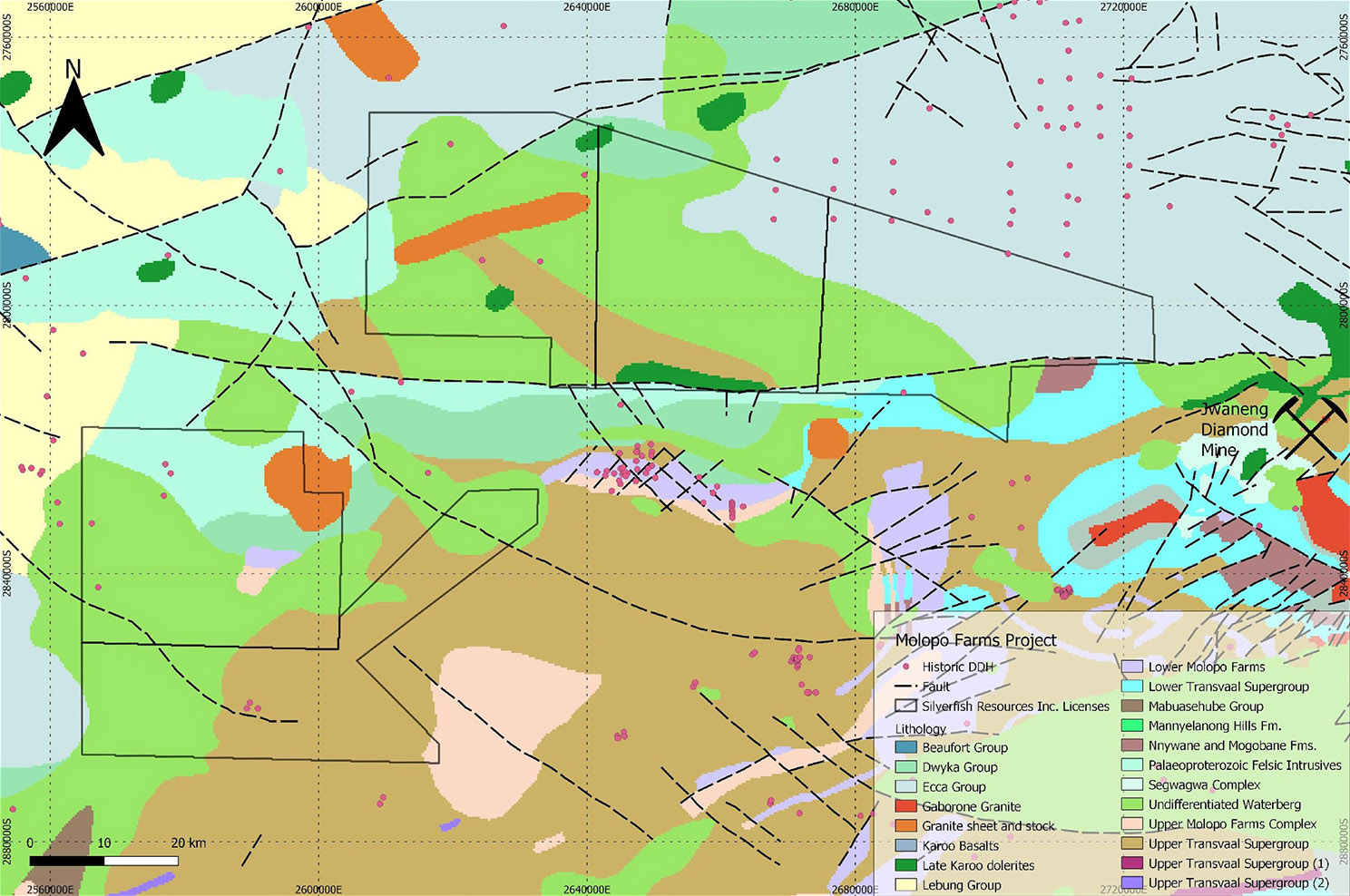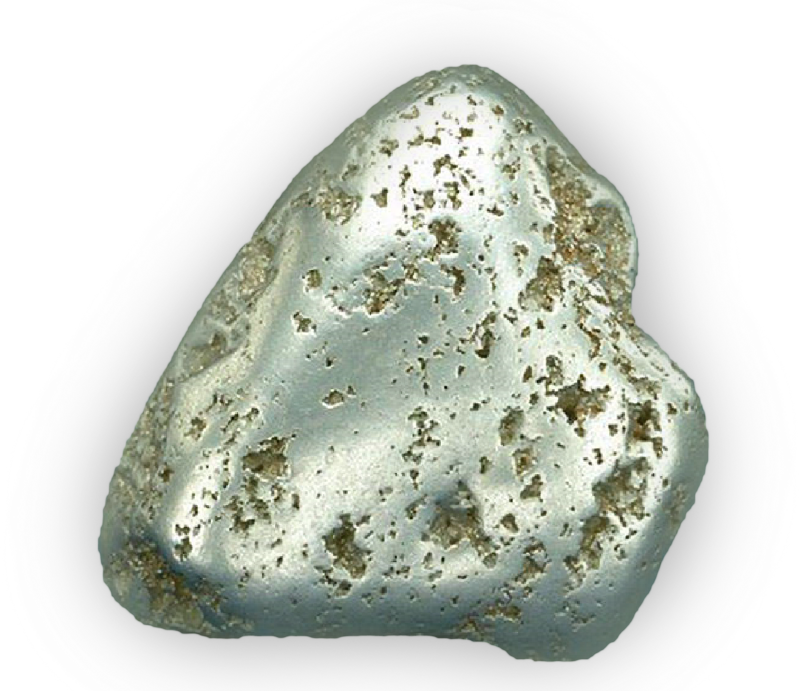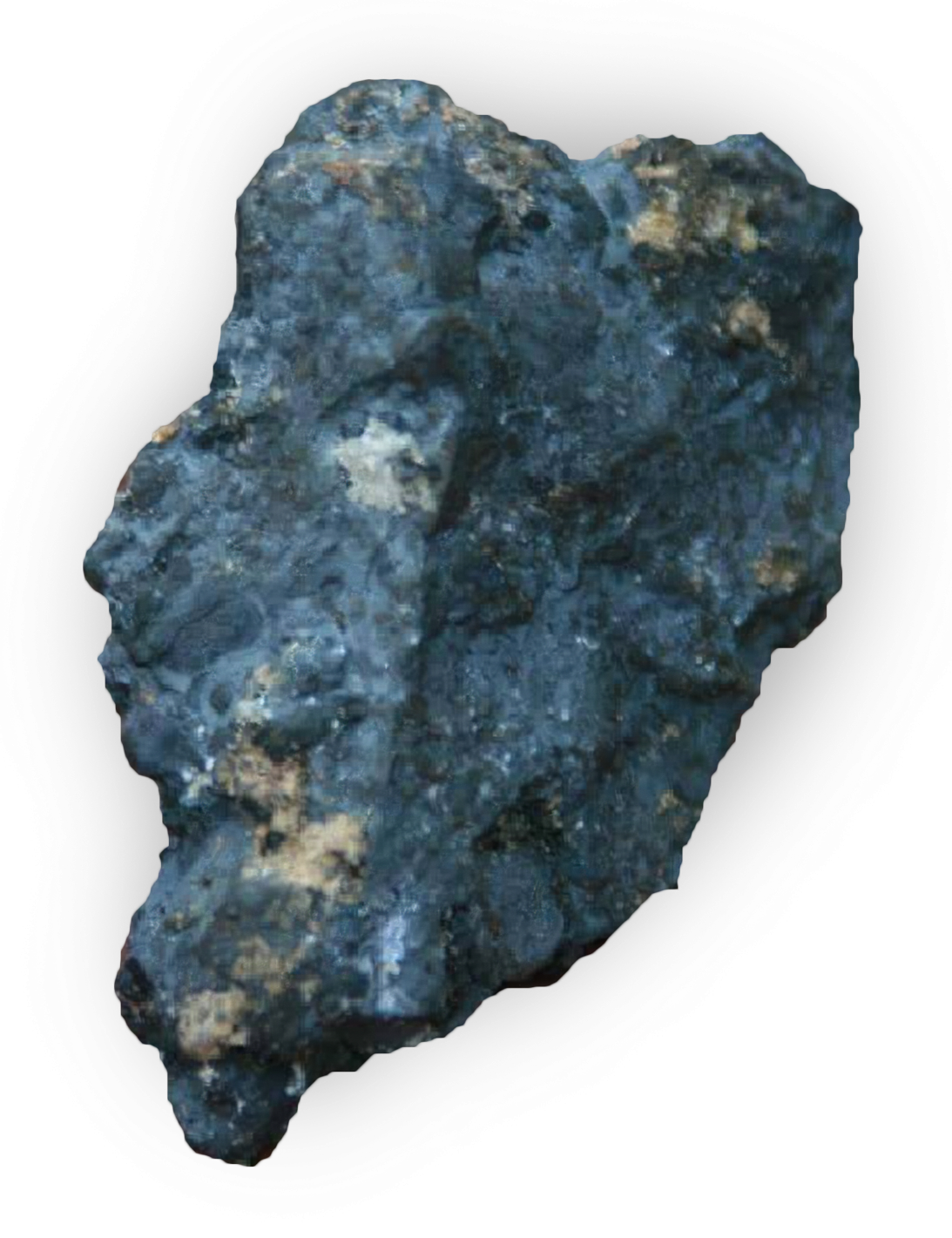Overview
The Aruba Project consists of five prospecting licenses totaling approximately 4,663 km2 in South-Central Botswana, approx. 200 km west of the coeval Bushveld Complex in neighboring South Africa. The project area is adjacent to Rio Tinto Exploration and is surrounded by good infrastructure.
Historic surface sampling within the project area has delivered:
- 3.25g/t PGM+Au,0.35%Cu & 0.60%Ni over 1.24m
- 1.8g/t PGM+Au with 1.73% Cr over 0.1m
- 14.6%Ni and 870ppm Co over 0.3m
Silverfish has not verified the results of the historic exploration and sampling on the Aruba Project. Additional sampling would be required to verify the data.
Project Highlights
- Includes the basal units prospective for Nickel, Copper and PGE mineralization
- The western part of the project area is underlain by the highly prospective Transvaal Super Group
- Located adjacent to South Africa, which accounts for 40% of world Manganese reserves
- The project can be operated year-round with no seasonal influences
- The geology of the area consists of Archaean and Proterozoic greenstone
- No surface water on any of the project areas meaning no disruption of local aquatic ecosystems
Molopo Farms Complex
The Molopo Farms Complex (MFC) is made up by a well layered lower ultramafic sequence containing; chromite bearing hezburgite, olivine orthopyroxinite and dunite. The upper mafic layers consist of norite, gabbros and diorites with pegmatitic areas. Structurally, the MFC consists of a folded, block-faulted and tilted lopolith now warped into a southwest-plunging syncline and divided into northern and southern lobes by the east-northeast trending Jwaneng-Makopong and northeast-trending Werda-Kgare shear zones. Parts of the intrusion and its roof-rocks were later eroded and unconformably overlain by Waterberg Group and Kalahari sands. Current thinking is that the MFC was emplaced by two sets of dykes forming two sub-lopoliths and sills.

MFC Mineralization
For the MFC, The correct identification of the first appearance of cumulus plagioclase plays an important part in earlier phases of exploration. It is here that economic quantities of sulphide hosted PGE group metals occur between 400 and 800 m above the Mafic – Ultramafic contact. Chromite layers are associated within the ultramafic sequence.
The term “reef” refers to:
- The Rock Layer That Is Mineralized And Has Distinctive Texture Or Mineralogy
- The Pge-enriched Sulphide Mineralization That Occurs Within The Rock Layer.

Layered, ultramafic to mafic intrusions are uncommon in the geologic record but host magmatic ore deposits containing most of the world’s economic concentrations of platinum-group elements (PGE). These deposits are mined primarily for their platinum, palladium, and rhodium contents.
Magmatic ore deposits are derived from accumulations of crystals composed of metallic oxides, immiscible sulphide, or oxide liquids that formed during the cooling and crystallization of magma, typically with mafic to ultramafic compositions. “PGE reefs” are stratabound PGE-enriched lode mineralization in mafic to ultramafic layered intrusions.
PGE-enriched sulphide mineralization is also found near the contacts or margins of layered mafic to ultramafic units. This contact-type mineralization consists of disseminated to massive concentrations of iron-copper-nickel-PGE-enriched sulphide mineral concentrations in zones that can be tens to hundreds of meters thick.
The modes and textures of the igneous rocks hosting the mineralization vary irregularly on the scale of centimeters to meters; autoliths and xenoliths are common. Mineralization occurs in the igneous intrusion and in the surrounding country rocks. Mineralization can be preferentially localized along contact with country rocks that are enriched in sulphur-, iron-, or CO2- bearing lithologies.
Transvaal Supergroup
The (Lower) Transvaal Supergroup, which includes the Kanye Basin of Botswana and the Transvaal and Griqualand West Basins of South Africa, hosts iron and manganese mineralization.
Typically, the manganese occurs in thin, flat lying stratiform and stratabound layers, potentially of enormous lateral extent, at the intersections of horizontal oxidation-reduction interfaces with shallow marine substrates within shallow marine embayments.
Mineralogically, the host rocks typically include:
- Oxide Facies (Cryptomelane-Group Minerals)
- Oxide–Carbonate (Psilomelane, Manganite, Manganoan Calcite And Rhodochrosite)
- Facies
- Carbonate Facies (Rhodochrosite)

Major deposits usually formed close to the basin margin, and deposits are often less than 100 m above the basement. The host rocks are typically sedimentary, including quartzite, siltstone, or shale.
Gangue typically includes clay, calcium and calcium-magnesium carbonate minerals, glauconite, organic matter, pyrite, quartz, and biogenic silica. Additionally, secondary superimposed weathering and supergene processes are common.

Geophysical Data
Due to Kalahari overburden, the Molopo Farms Complex has only been inferred on Silverfish Resources Inc. licenses. However, the gravity and magnetic data from this area is definite that the Complex extends onto Silverfish Resources Inc. licenses. Gravity and magnetic data have been used to examine the Molopo Ultramafic Complex in southern Botswana.
The study has revealed that the complex is compartmentalized by regional ductile shear zones and is a faulted, polyphase intrusion. The potential for PGE-bearing magmatic nickel-copper sulphide mineralization has been identified in certain areas of the Molopo Ultramafic Complex. These areas include steeply dipping ultramafic/mafic feeders, an ultramafic lopolith, and regions with anomalous nickel values in soils.
Exploration Strategy
Silverfish aims to develop a methodical exploration strategy utilizing methods to target both Bushveld type PGM-Chromite “reefs” and ultramafic-hosted Ni-Cu massive sulphides.
Phase 1
- Airborne geophysical surveys along Margins of the Malpo Formation
- Definition Geochemical surveys over targets
- Drill Testing of Conductors and Geochem anomalies
- Time Frame 2023 Q2-Q4
Phase 2
- Drill Testing of Conductors and Geochem anomalies
- Time Frame 2023 Q4 into 2024 Q1
